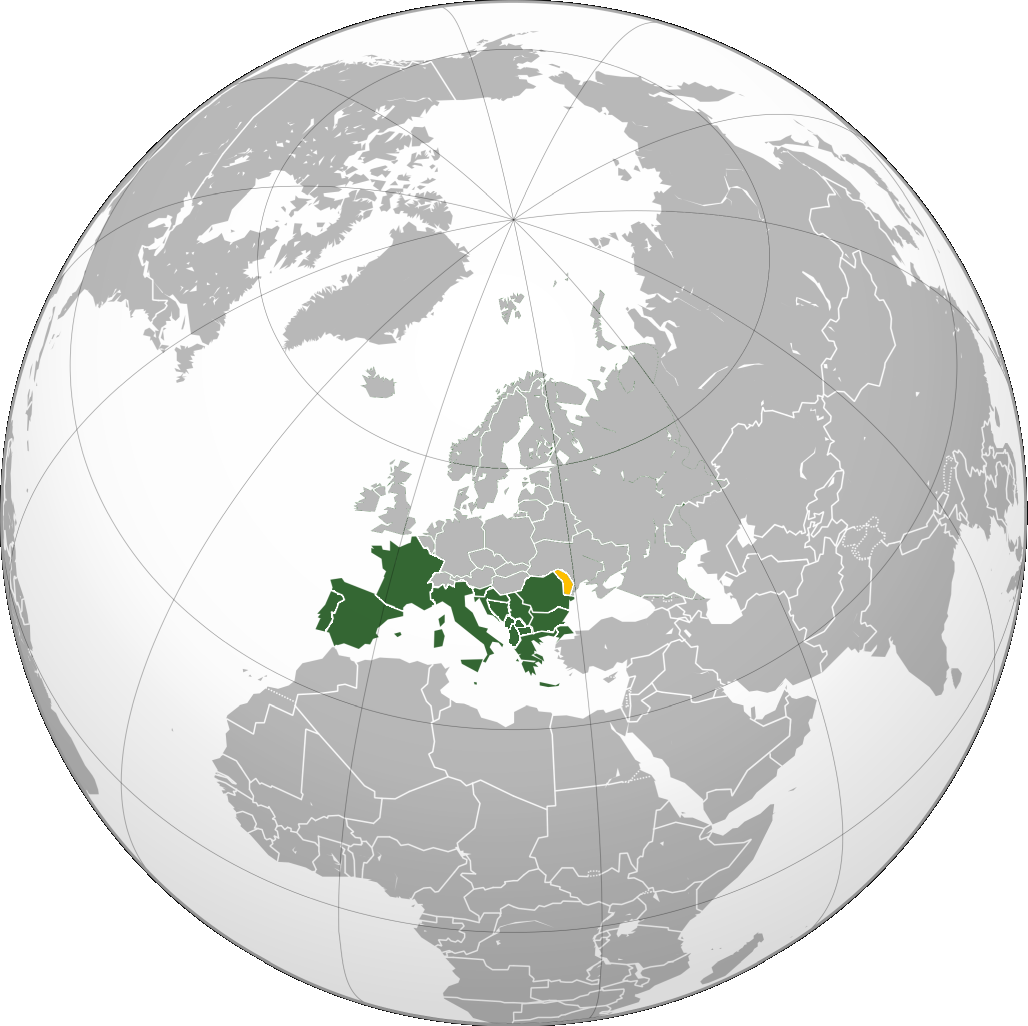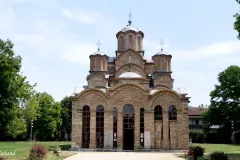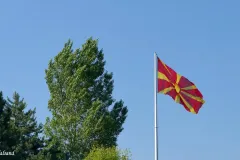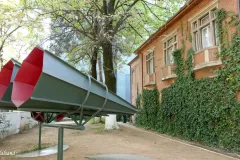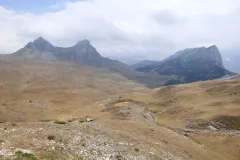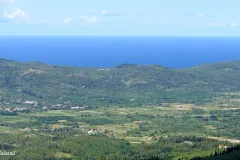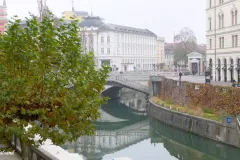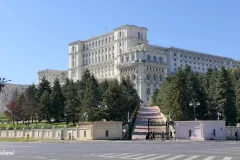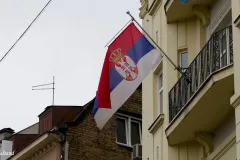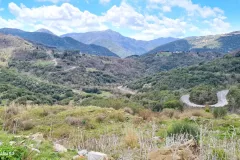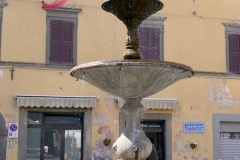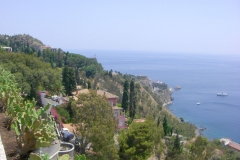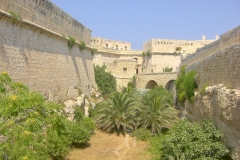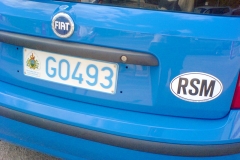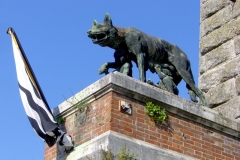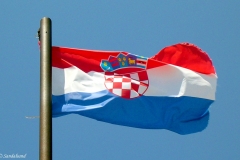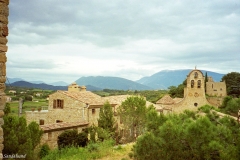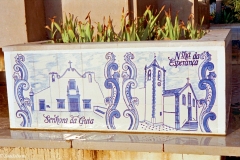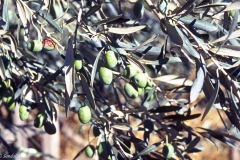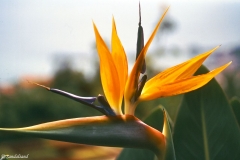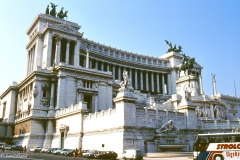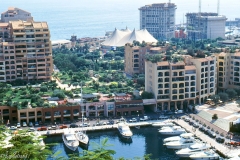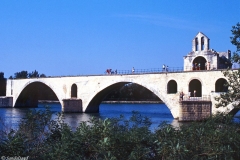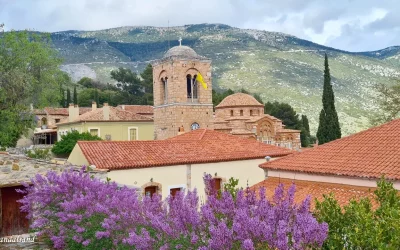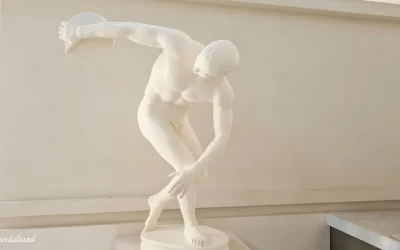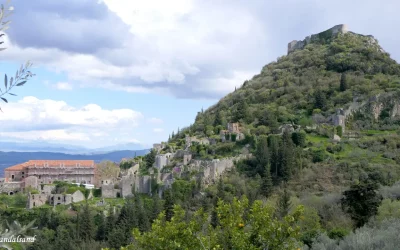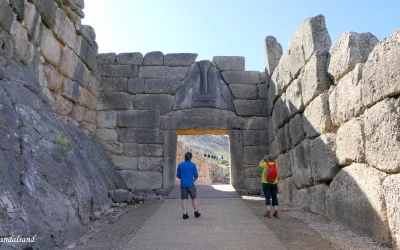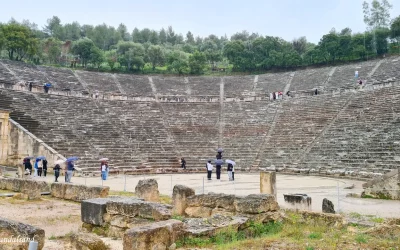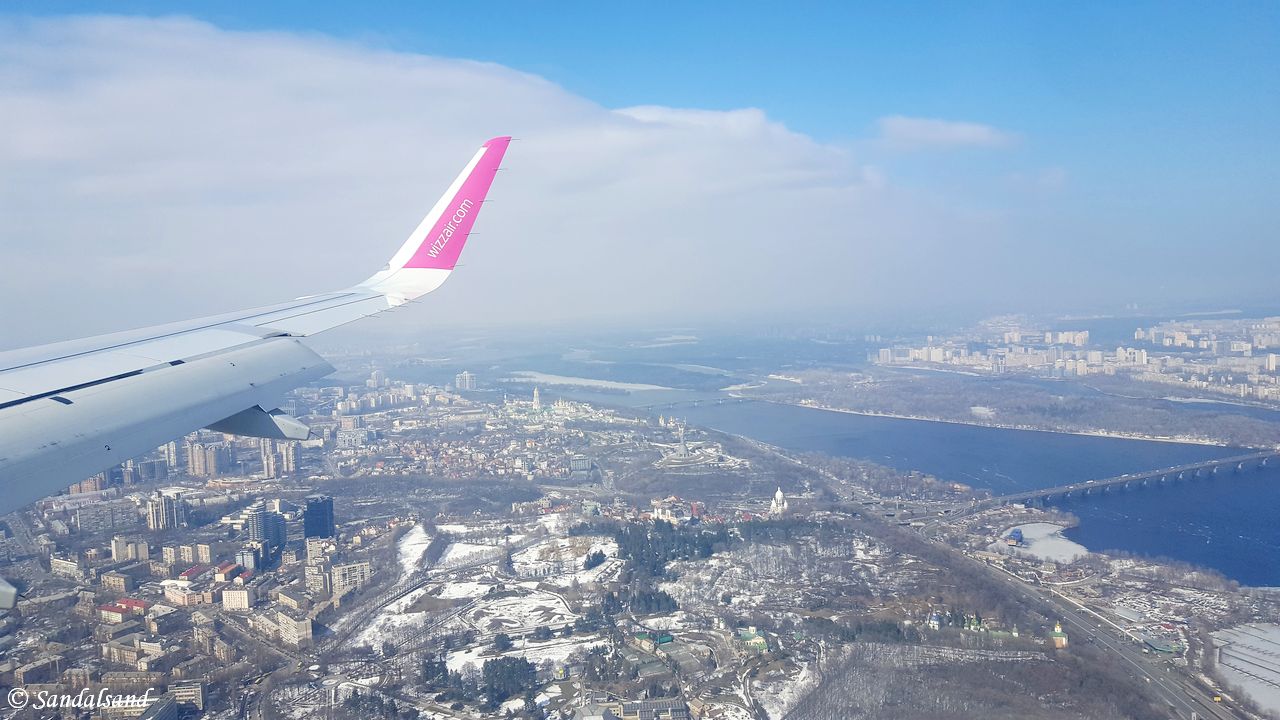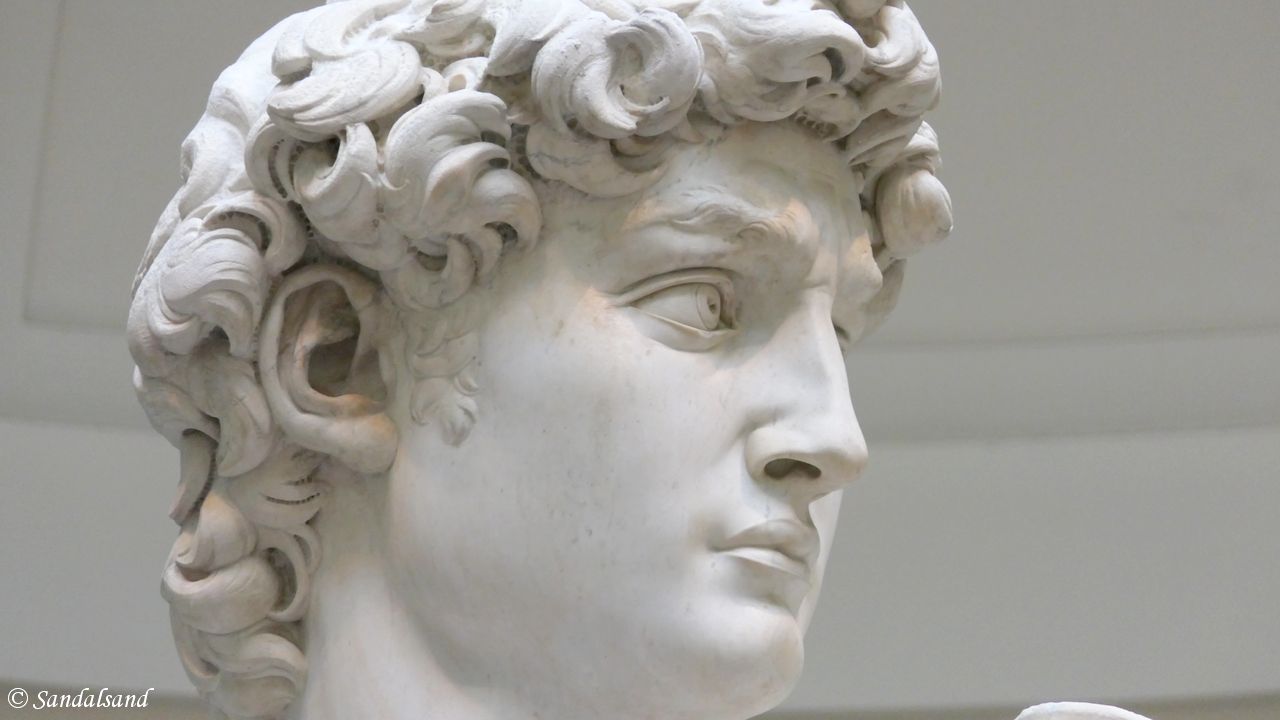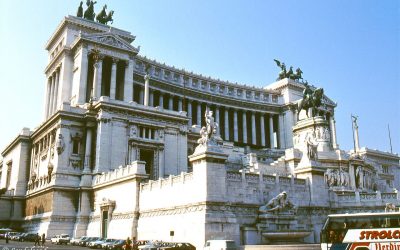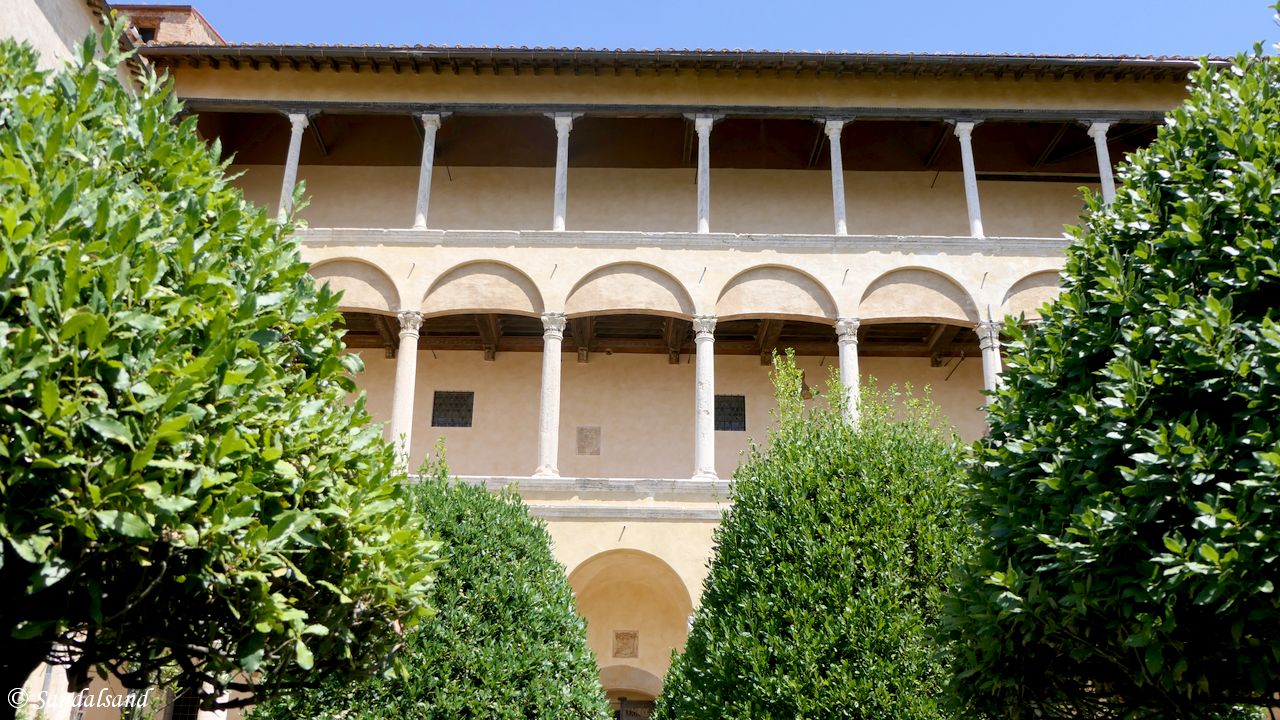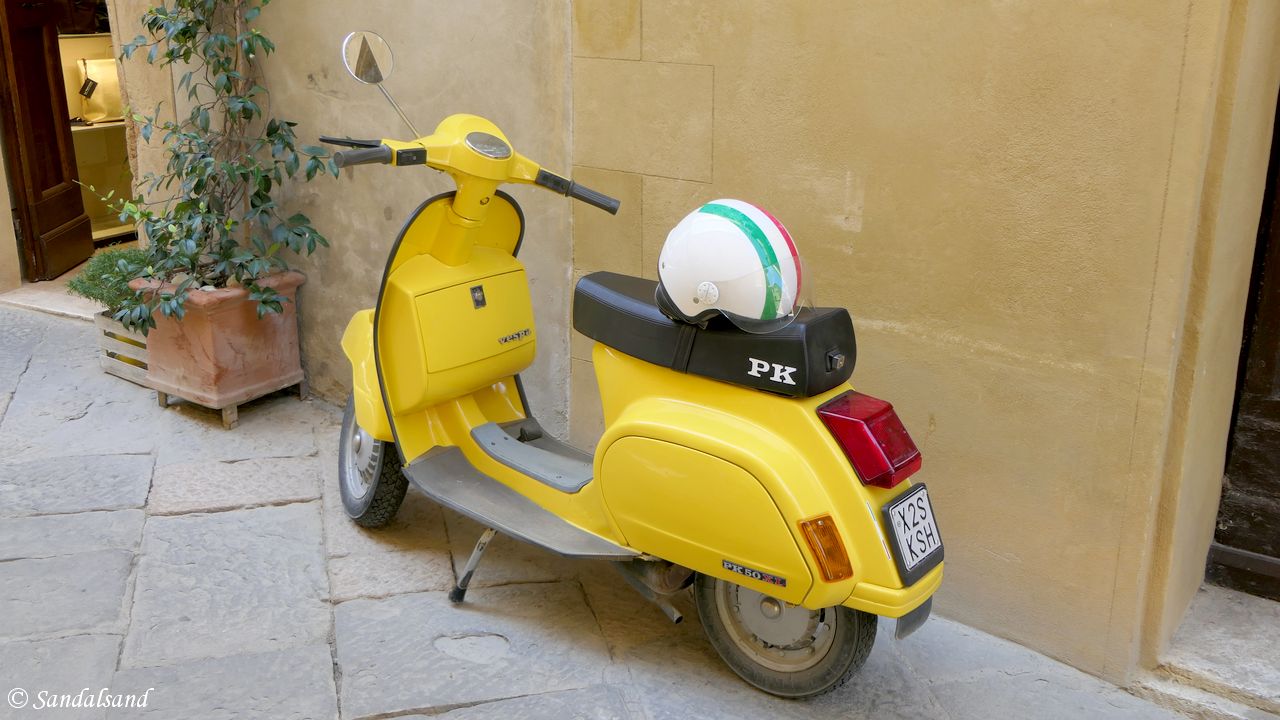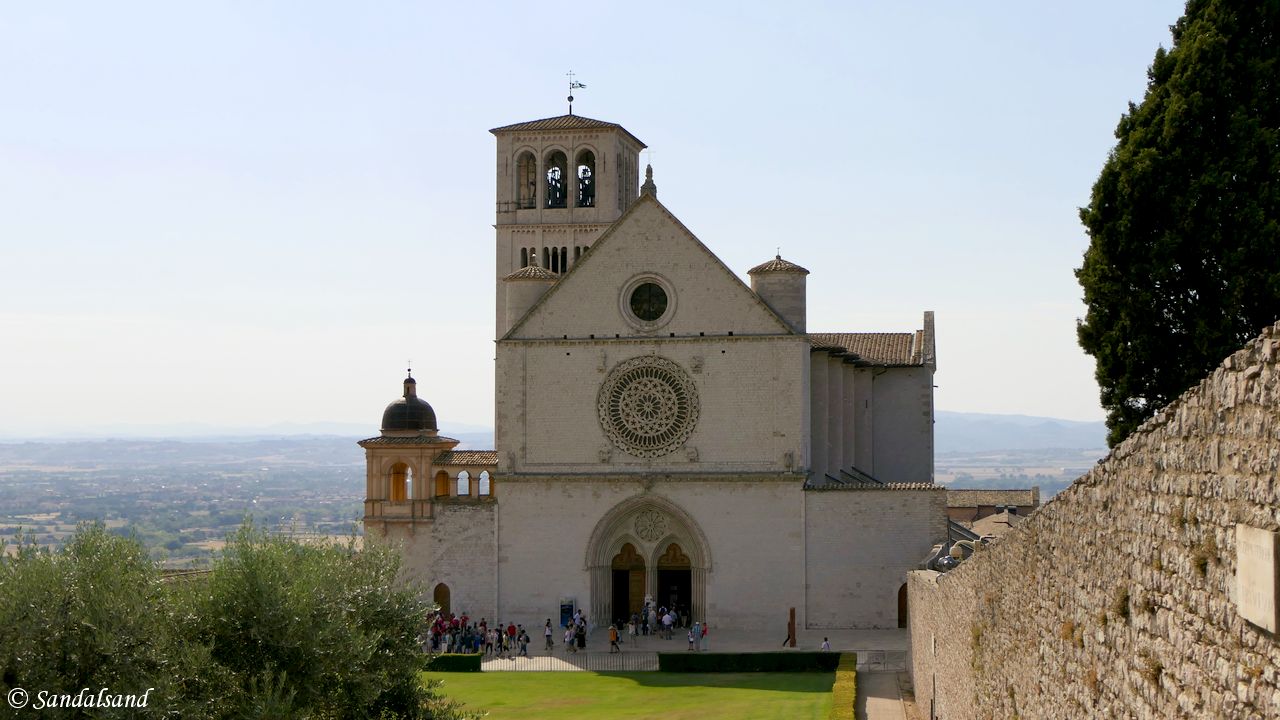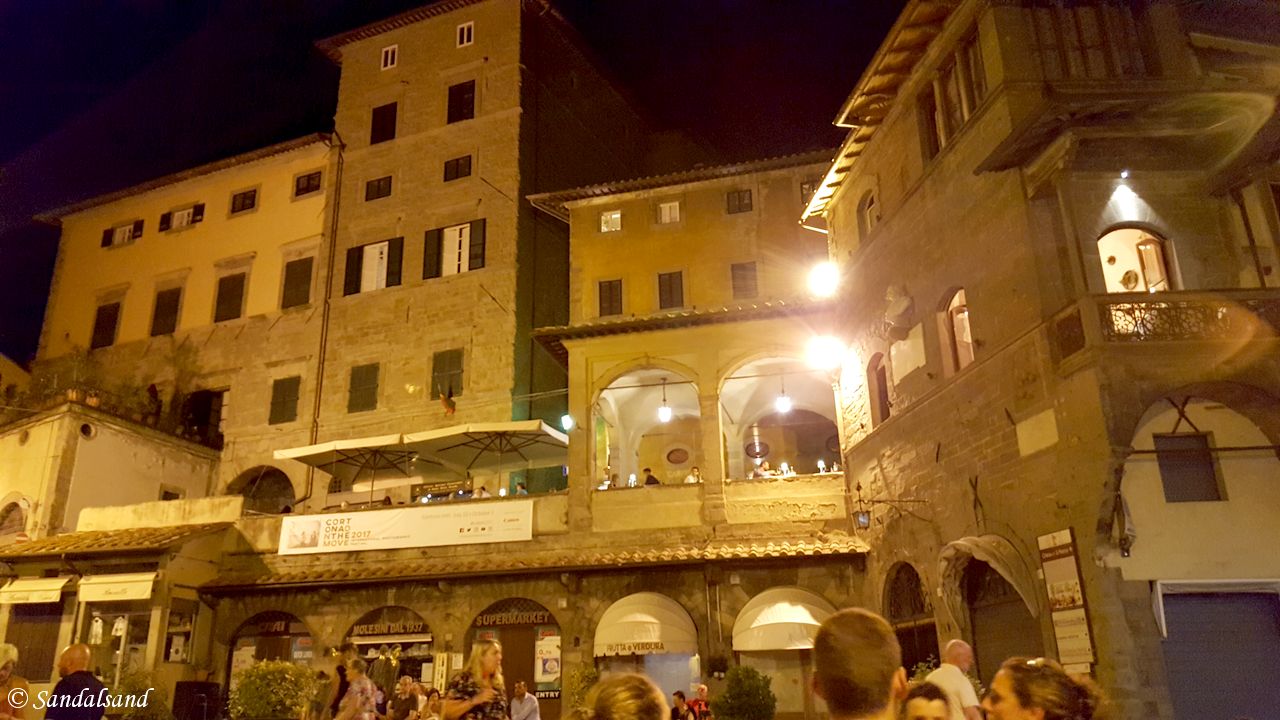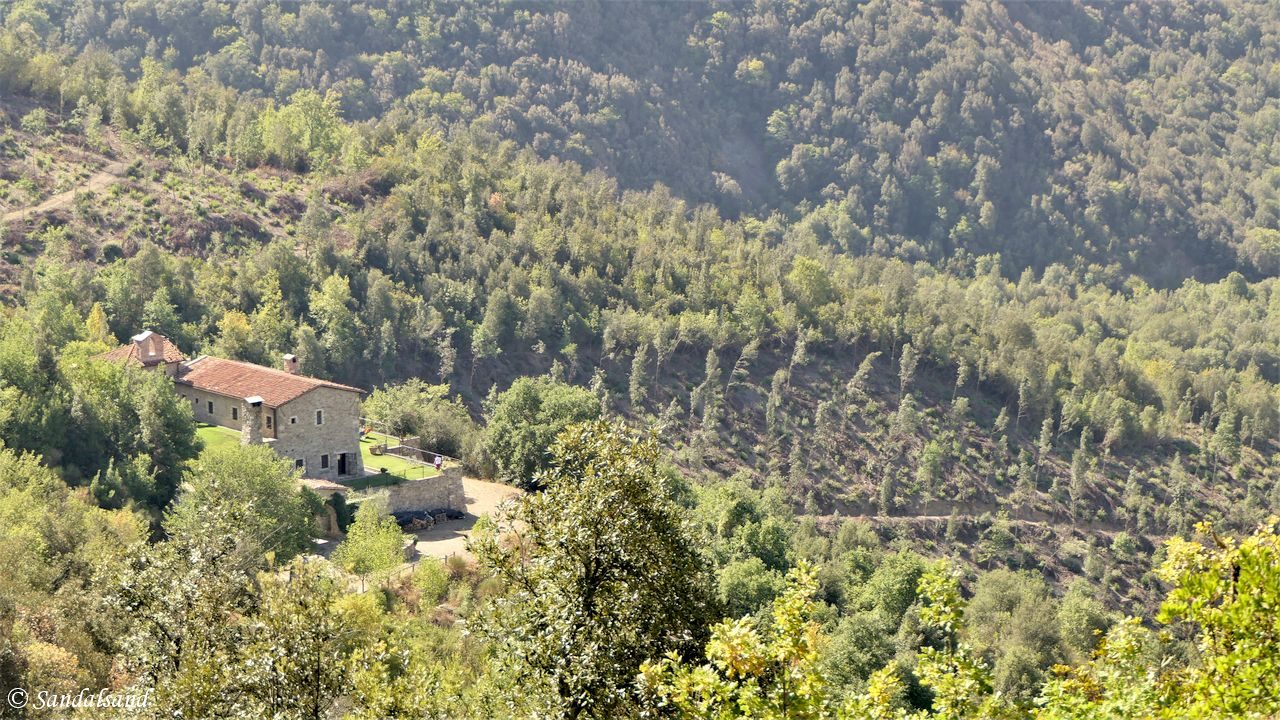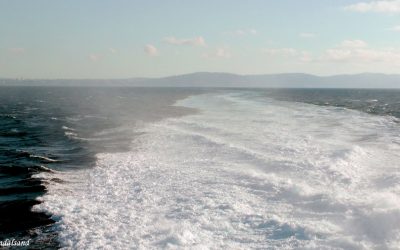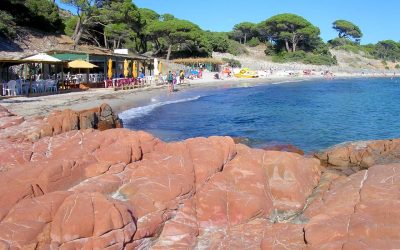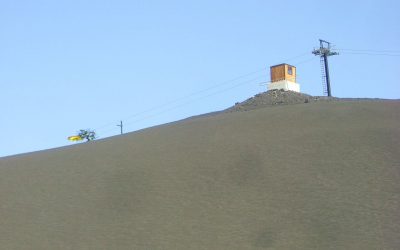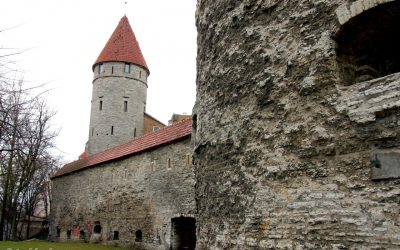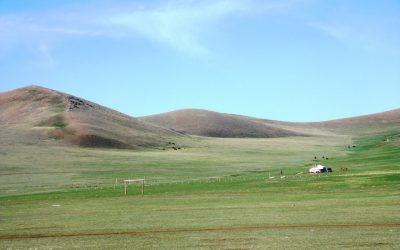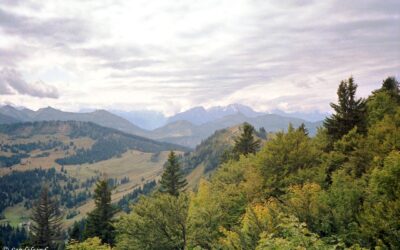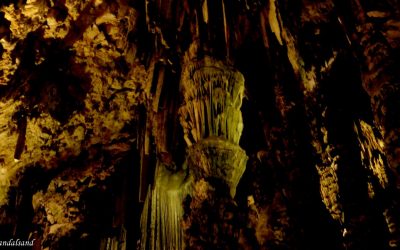Intro
Countries
Photos
Blog
Facts
Overall impressions
We were astonished and very tempted to buy whatever we could. Unfortunately, our means of transportation rendered that temptation unfeasible.
Italy is in itself one giant antiquity market, in my view. The country had its two historic heydays during the Roman Empire and the Renaissance, a millennium apart. In between those periods and ever since, the country has dwindled into not much more than showing off the remains of its past. Tourists flock in to admire the Coliseum and the Sistine Chapel, the two most known buildings of those two eras.
Sad to say that goes for much of the rest of Southern Europe as well. I am quite pessimistic for the future of this large and varied region (and for the rest of Europe as well). It seems to be splitting apart once more, promoting self-interests and losing in the global competition like the rest of the old world. On the other hand, I find this famous quote quite illustrative in an amusing yet informative way.
In Italy, for 30 years under the Borgias, they had warfare, terror, murder and bloodshed, but they produced Michelangelo, Leonardo da Vinci and the Renaissance. In Switzerland they had brotherly love, they had 500 years of democracy and peace – and what did that produce? The cuckoo clock.” (Orson Welles)
Countries
Albania | Andorra | Bosnia and Herzegovina | Bulgaria | Croatia | France | Greece | Italy | Kosovo | Malta | Moldova | Monaco | Montenegro | North Macedonia | Portugal | San Marino | Romania | Serbia | Slovenia | Spain | Vatican (Holy See)
I have made it to 19 independent countries out of 21. Click the links above to view all articles from a particular country.
My definition of Southern Europe are the countries adjacent to the Mediterranean Sea and on the west coast of the Black Sea. Give or take a few for practical purposes. Portugal borders for instance the Atlantic. Cyprus is politically and culturally also part of this region, but I have chosen to group it where it belongs geographically, as part of what I have called the Middle East and Africa.
Kosovo is not universally accepted as an autonomous country, and has not been allowed membership of the United Nations. The Vatican is recognised by other countries, but it has preferred to stay outside the UN.
This is a map of the region and Sandalsand’s visited and non-visited countries.
Photo galleries
Open the box to view a multitude of picture galleries from Sandalsand’s travels in this region.
Click to show or hide
For the best experience, open a picture gallery in a new tab or window.
Posts from Southern Europe
World Heritage #0537 – Hosios Loukas
The Monastery of Hosios Loukas is one of three monasteries representing the "second golden age of Byzantine art" on the World heritage list. The...
World Heritage #0517 – Olympia
At the Archaeological Site of Olympia the Olympic Games were held without a break from 776 BC to AD 393, a period of 1169 years. They took place...
World Heritage #0511 – Mystras
The Archaeological Site of Mystras dates back to the Crusades. It evolved during the Byzantine era and has kept its legacy very well. The UNESCO...
World Heritage #0941 – Mycenae
The Archaeological Sites of Mycenae and Tiryns are representatives of a civilisation that dominated the eastern Mediterranean 3500 years ago. The...
World Heritage #0491 – Sanctuary of Asklepios
The Sanctuary of Asklepios in Greece was important in the transition between the healing god cults and modern medicine. The UNESCO World Heritage...
Another 10 European city breaks
Here are another 10 European city breaks. This is the third article in my series of European city breaks, the places you can fly or drive to in a...
How to survive Florence
We had come to Florence to discover one of Europe's most historic, enticing and perhaps most touristy cities. This article is the last in a series...
Pictures from Italy
This is a collection of pictures from Italy, the result of trips to different parts of the country over many years. Find all Italy entries on this...
World Heritage #0789 – Pienza
Tuscany is full of picturesque old cities awaiting to be explored - and tourists are not hesitant to do so. The Historic Centre of the City of...
The essence of Tuscany from Pienza to Florence
What is the essence of Tuscany? See if you can find an answer in this article from a road trip in the region. It starts in Cortona, stops at Pienza,...
World Heritage #0990 – Assisi
The magnificent basilica dominating the north-west part of the hillside town of Assisi is accompanied by four less important religious sites close...
Almost spoiled visits to Spoleto, Assisi, Urbino and Cortona
We were on a road trip in central Italy. A string of very tempting cities were coming up in Umbria and Toscana (Tuscany) and we were eager to spend...
Getting a digital detox in Italy
This is the first article from a road trip in central Italy. Our objective was to look up UNESCO World Heritage Sites in this part of the country...
Nature: 5 Important Straits
Let us visit 5 important straits. I have been exploring various aspects of nature with regard to the four classic elements. A strait represents a...
Nature: 9 Fascinating Beaches
I bet you know many beaches. This article is about my selection 9 fascinating beaches. With about 70% percent of the Earth covered by water, there...
Nature: 7 Active Volcanoes
Here are 7 active volcanoes. Have you seen them? All through the history of mankind fire has fascinated, terrified and calmed us all, and we have...
12 more European city breaks
This is a list of 12 more European city breaks. It continues the previous list of 10 European city breaks. The list is purely alphabetical, and you...
Nature: 6 Great highlands
Some mountain plateaus or plains are more adventurous than the average. My examples of 6 great highlands are from different parts of the world....
10 European city breaks
This is a list of 10 European city breaks. City breaks or city escapes have become increasingly popular and there are many possible destinations. If...
Nature: 8 Amazing Mountain Views
Have you been to these 8 amazing mountain views? If you take nature as the basis and exclude skyscrapers, constructed "skywalks" and such, we are...
Nature: 8 Dramatic Cliffs
Here you will find 8 dramatic cliffs. Steep mountain slopes hitting the waves on a coastline are always dramatic, especially in rough weather....
Nature: 10 Great Caves
A cave is a hollow place in the ground, often very deep but also quite small like a grotto. Here is a nice selection av 10 great caves. This...
Iron Wheels (1) Exciting train journeys
This is an introduction to exciting train journeys. I have registered my travels on a world map and the distance travelled on trains has been...
Porto and the Douro Valley
A calm forest retreat and two more amazing World Heritage Sites in Northern Portugal are the ingredients in this last chapter from our road trip,...
A fact sheet
This is Wikipedia’s introduction to Europe as a whole.
Map and numbers
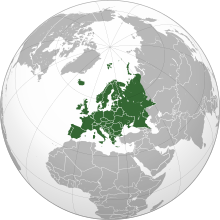
- Area: 10,180,000 km2
- Population: 741,447,158 (2016)
- Population density: 72.9/km2
- Nominal GDP: $20.2 trillion (2017)
- PPP GDP: $26.7 trillion (2017)
- Per capita GDP: $27,330 (2017)
- HDI: 0.845
- Countries: 50 sovereign states, one observer, 6 with limited recognition
- Dependencies: 6 dependencies
Geography
Europe is a continent located entirely in the Northern Hemisphere and mostly in the Eastern Hemisphere. It is bordered by the Arctic Ocean to the north, the Atlantic Ocean to the west and the Mediterranean Sea to the south. It comprises the westernmost part of Eurasia.
Since around 1850, Europe is most commonly considered as separated from Asia by the watershed divides of the Ural and Caucasus Mountains, the Ural River, the Caspian and Black Seas and the waterways of the Turkish Straits. Though the term “continent” implies physical geography, the land border is somewhat arbitrary and has moved since its first conception in classical antiquity. The division of Eurasia into two continents reflects East-West cultural, linguistic and ethnic differences, some of which vary on a spectrum rather than with a sharp dividing line. The border does not follow political boundaries, with Turkey and Russia being transcontinental countries.
Europe covers about 10,180,000 square kilometres, or 2% of the Earth’s surface (6.8% of land area). Politically, Europe is divided into about fifty sovereign states of which the Russian Federation is the largest and most populous, spanning 39% of the continent and comprising 15% of its population. Europe had a total population of about 741 million (about 11% of the world population) as of 2016. The European climate is largely affected by warm Atlantic currents that temper winters and summers on much of the continent, even at latitudes along which the climate in Asia and North America is severe. Further from the sea, seasonal differences are more noticeable than close to the coast.
History
Europe, in particular ancient Greece, was the birthplace of Western civilization. The fall of the Western Roman Empire in 476 AD and the subsequent Migration Period marked the end of ancient history and the beginning of the Middle Ages. Renaissance humanism, exploration, art and science led to the modern era. From the Age of Discovery onwards, Europe played a predominant role in global affairs. Between the 16th and 20th centuries, European powers controlled at various times the Americas, almost all of Africa and Oceania and the majority of Asia.
The Age of Enlightenment, the subsequent French Revolution and the Napoleonic Wars shaped the continent culturally, politically and economically from the end of the 17th century till the first half of the 19th century. The Industrial Revolution gave rise to radical economic, cultural and social change in Western Europe and eventually the wider world. Both world wars took place for the most part in Europe, contributing to a decline in Western European dominance in world affairs by the mid-20th century as the Soviet Union and the United States took prominence. During the Cold War, Europe was divided along the Iron Curtain between NATO in the West and the Warsaw Pact in the East, until the revolutions of 1989 and fall of the Berlin Wall.
Source
Wikipedia on a Creative Commons Attribution-ShareAlike License. Date: 2018-06-22.

